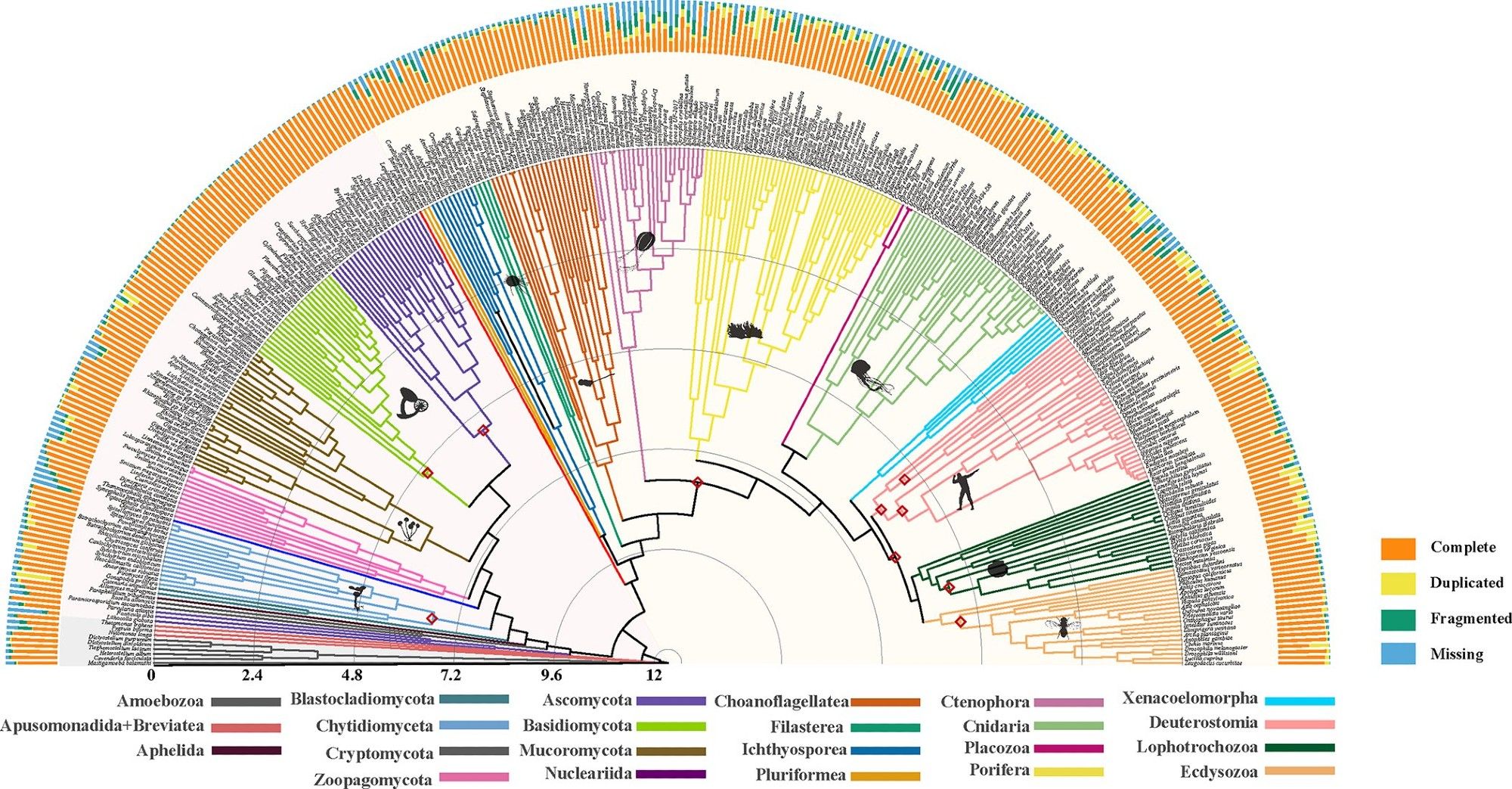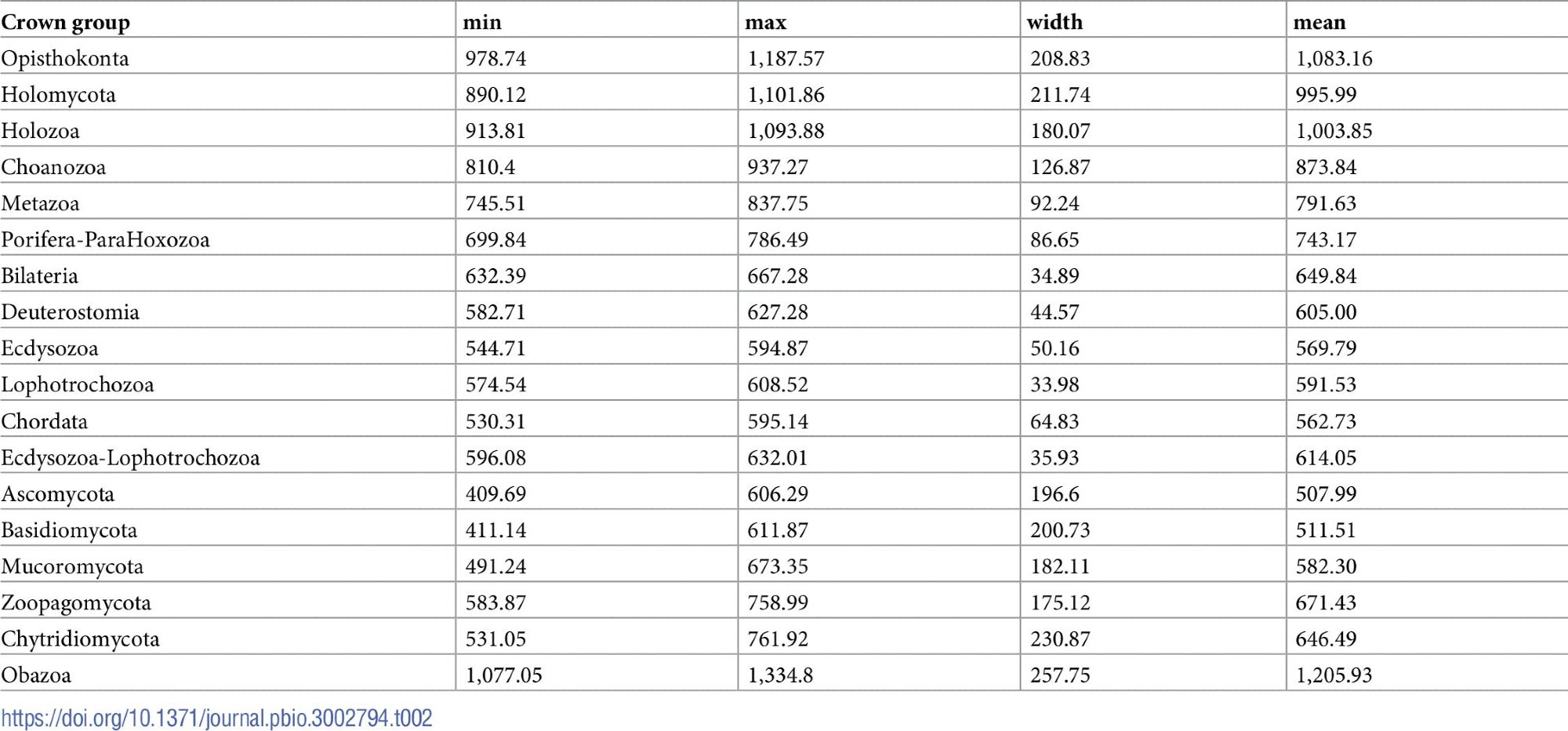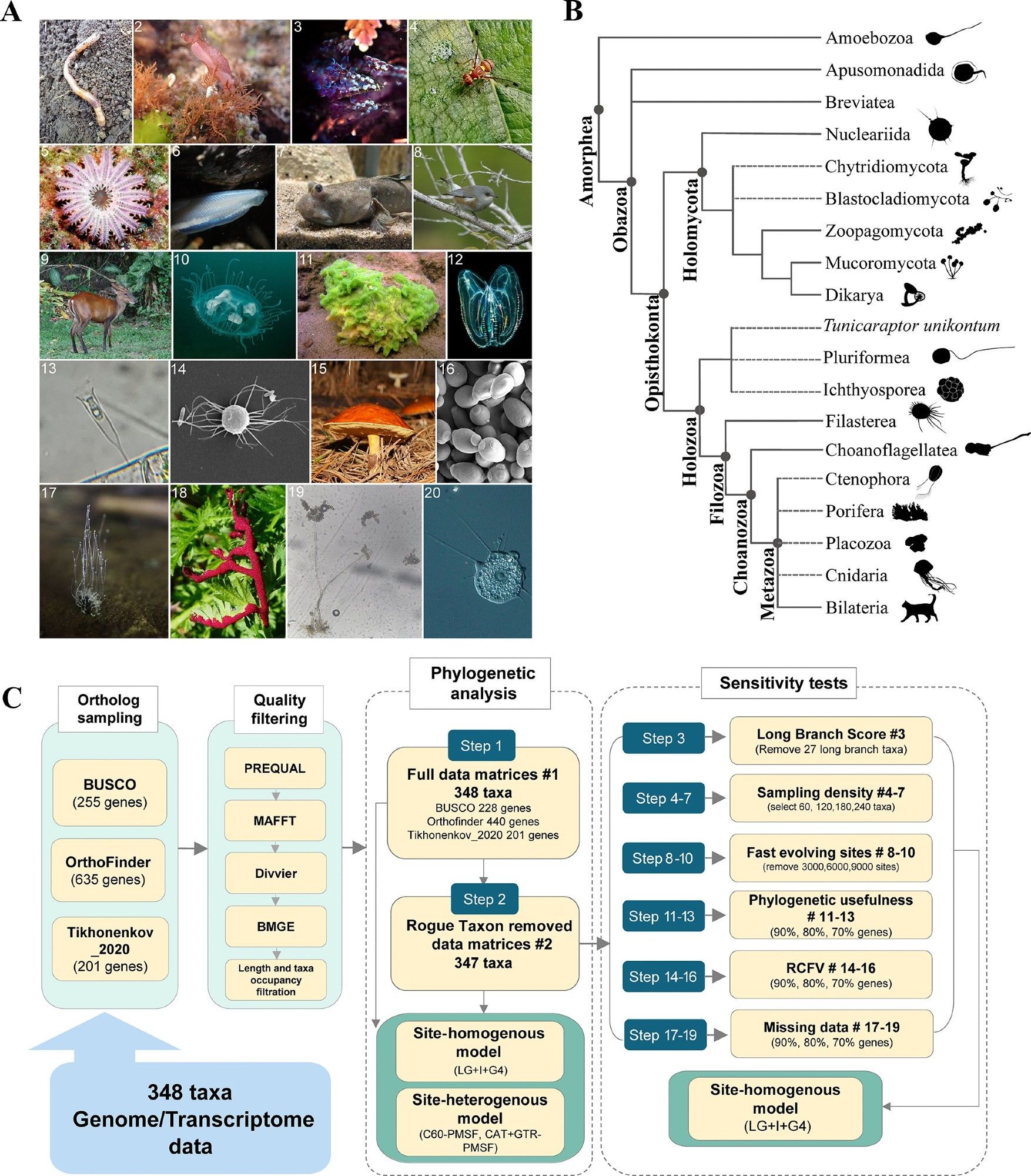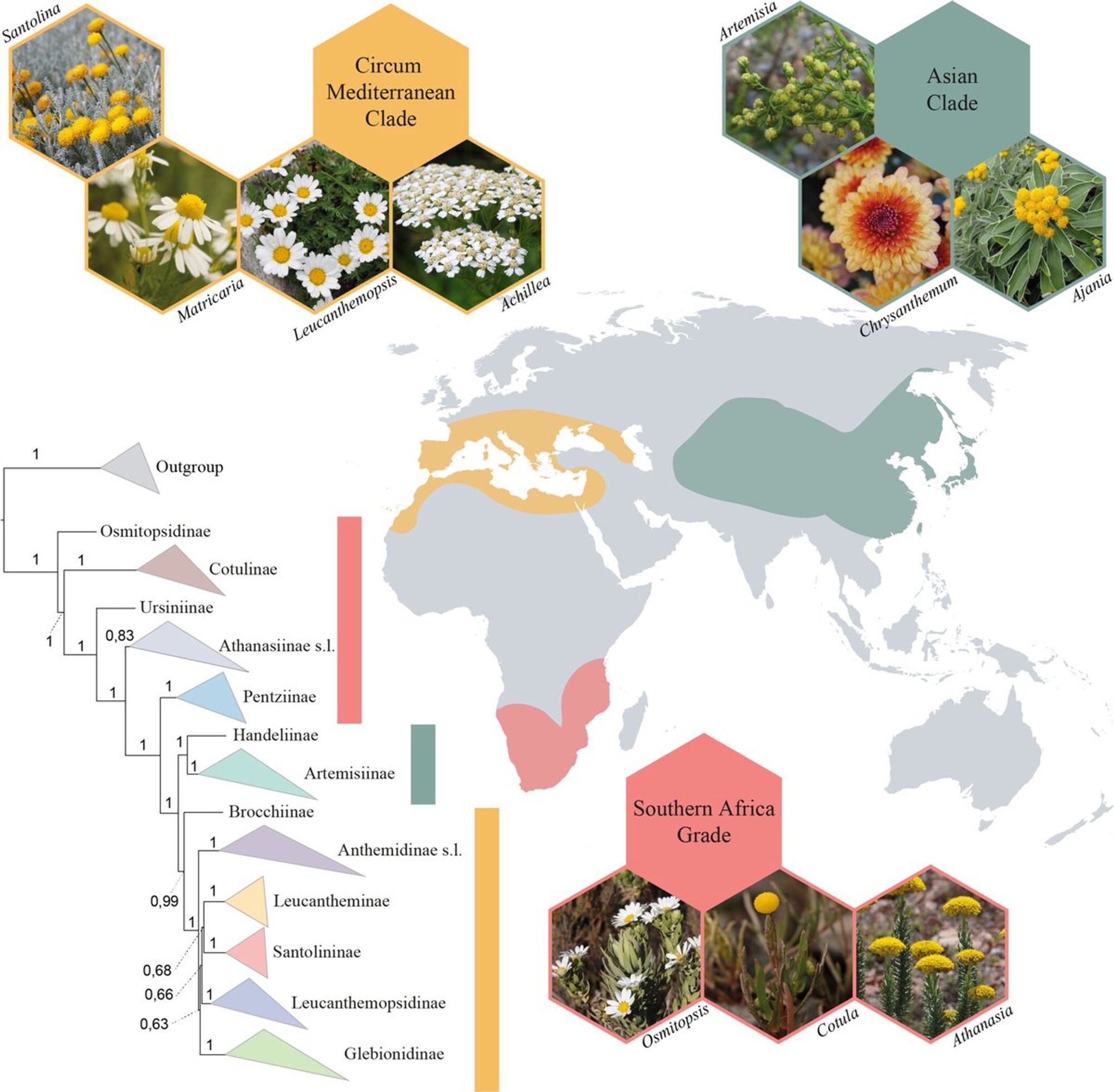Truly the best of both worlds: Merging lineage-specific and universal probe kits to maximize #phylogenomic#AppsPlantSci@luizhhziul.bsky.socialbsapubs.onlinelibrary.wiley.com/doi/full/10....#phylogenetics#Annonaceae#Angiosperms353#botany#iamabotanist

Phylogenomic instructed target analysis reveals ELAV complex binding to multiple optimally spaced U-rich motifs https://pubmed.ncbi.nlm.nih.gov/39319593/
Phylogenomic insights into the diversity and evolution of RPW8-NLRs and their partners in plants https://pubmed.ncbi.nlm.nih.gov/39312623/
We then placed the phylogenomic tree of Opisthokonts in geologic time using relaxed molecular clock analysis. These results suggested Opisthokonts are ~1.1 billion years old; animals are ~791 million years old; Holomycota are ~995 million years old; etc


The Opisthoknots are amazingly diverse. Studying their evolution requires a robust, resolved phylogeny, which sadly is lacking. We devised a phylogenomic workflow to detect sources of incongruence and identifying areas in the phylogeny worth further investigation

NEW Publication!!😄 Phylogenomic analysis of Opisthokonta (#animals, #fungi#phylogeny#incongruence#Opisthokonts

Phylogenomic Analysis of Target Enrichment and Transcriptome Data Uncovers Rapid Radiation and Extensive Hybridization in Slipper Orchid Genus Cypripedium L https://pubmed.ncbi.nlm.nih.gov/39269134/
Phylogenomic Analysis of Target Enrichment and Transcriptome Data Uncovers Rapid Radiation and Extensive Hybridization in Slipper Orchid Genus Cypripedium L https://pubmed.ncbi.nlm.nih.gov/39269134/
Phylogenomic Analysis of Target Enrichment and Transcriptome Data Uncovers Rapid Radiation and Extensive Hybridization in Slipper Orchid Genus Cypripedium L https://pubmed.ncbi.nlm.nih.gov/39269134/
🎶Daisy, Daisy...give me your answer, do!🌼🎶 Criado-Ruiz et al. get *all* those answers for us in their new #phylogenomic#evolutiondoi.org/10.1111/jse....#PlantScience#biogeography
